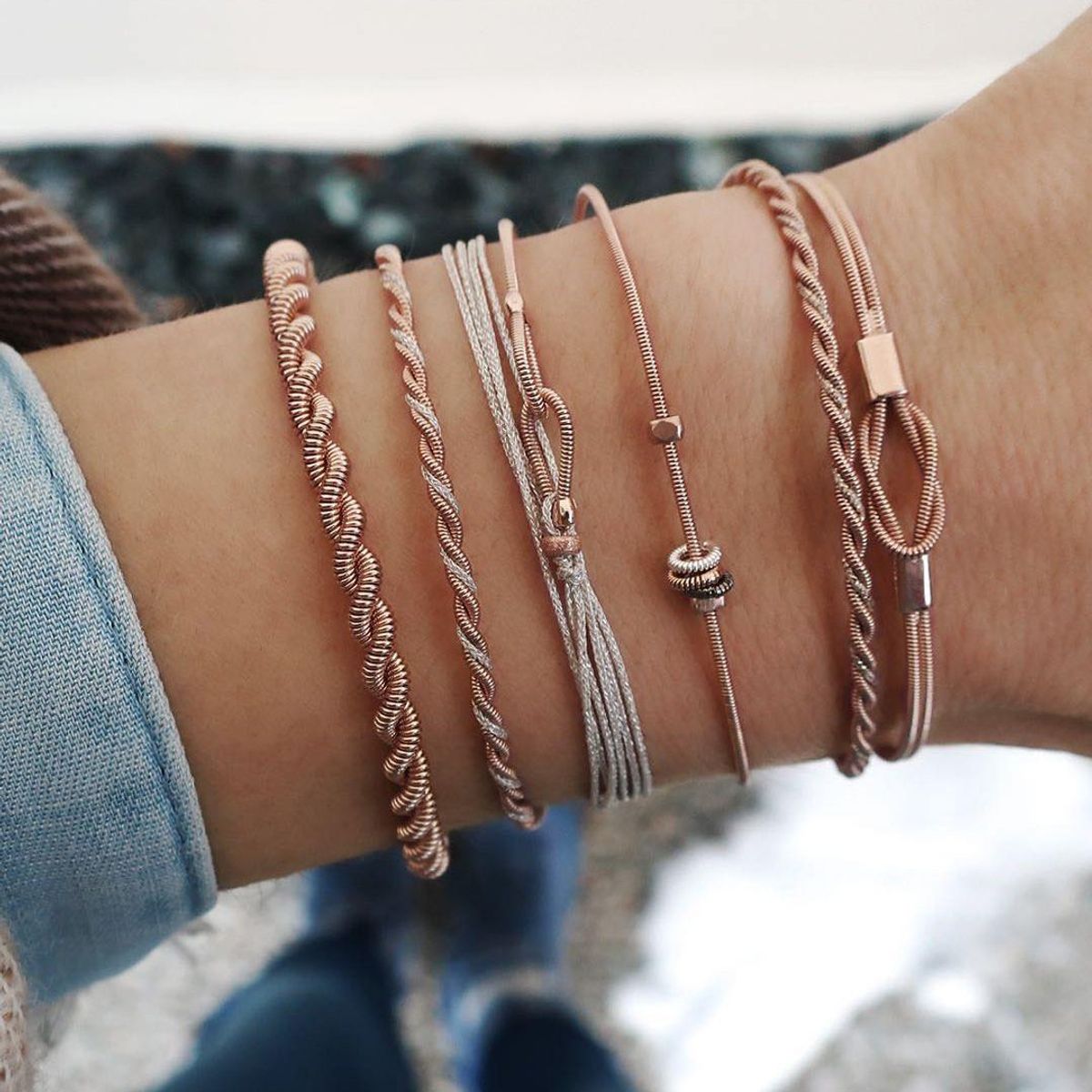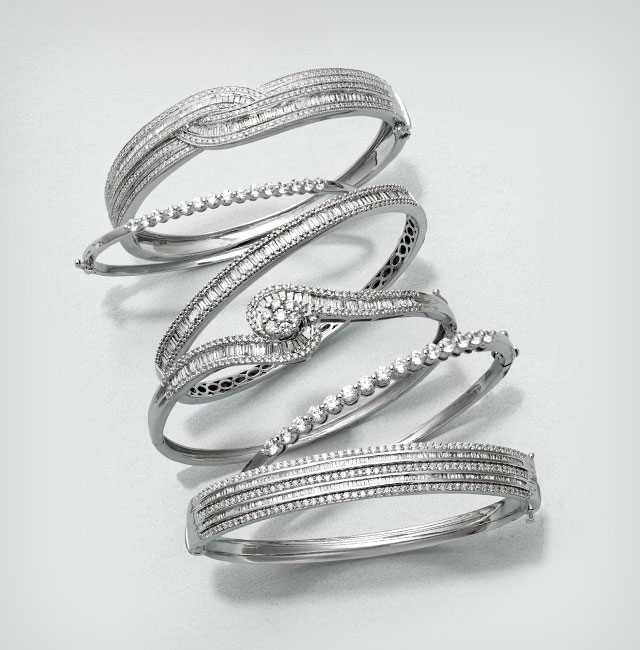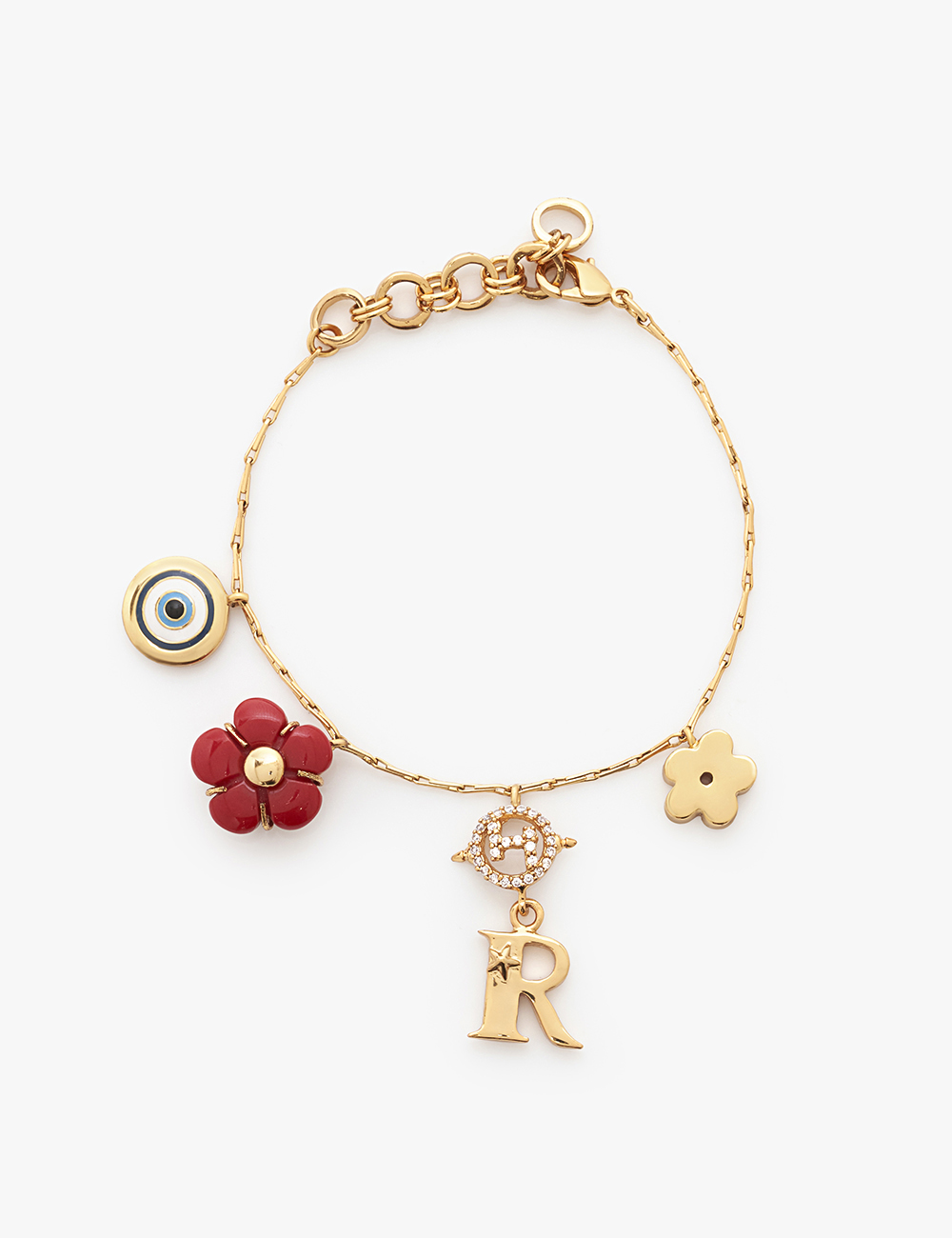I. Beaded Bracelets
A. Choosing Beads and Stringing Techniques
Select beads in various sizes, shapes, and materials, such as glass, gemstone, or wood. When stringing the beads, consider versatile techniques like simple stringing, wirework, or elastic cord for different bracelet designs. Transition: Choosing the right beads and stringing technique is essential for creating beautiful and durable beaded bracelets.
B. Adding Charms and Personalization
Incorporate charms and personalized elements to enhance the beaded bracelets. This can include initials, symbols, or thematic charms that hold special meaning. Transition: Adding charms and personalization adds sentimental value to the bracelet, making it a unique and meaningful accessory.

II. Friendship Bracelets
A. Knotting and Braiding Techniques
Experiment with various knotting and braiding techniques, such as macrame, hemp knotting, or traditional braiding. These techniques offer a myriad of patterns, from simple stripes to intricate designs with symbols or text. Transition: Mastering different knotting and braiding techniques allows for the creation of an array of visually appealing friendship bracelets.
B. Creating Patterns and Color Combinations
Explore a wide range of color combinations and patterns to personalize each friendship bracelet. This could involve layering different colors of embroidery floss, adding beads, or incorporating unique pattern variations. Transition: Experimenting with patterns and color combinations provides the opportunity to create personalized friendship bracelets that reflect individual tastes and interests.
III. Leather Bracelets
A. Utilize leather straps and cords to create a variety of stylish leather bracelets, ranging from simple cuffs to intricately braided designs, making them a stylish accessory for any outfit, including stud earrings for women. Experiment with different types of leather, such as flat leather strips, round cords, or suede lace to enhance the and versatility, providing a chic companion to stud earrings for women.
B. Incorporate metal hardware, such as snaps, hooks, or rivets, to create closures and decorative elements on leather bracelets, and consider adding embellishments like studs, coin conchos, or engraved plates to add individual flair and complement the sophistication of stud earrings for women. Adding metal hardware and embellishments allows for customization, adding a rugged and personalized aesthetic to the leather bracelets, becoming an ideal match for elegant stud earrings for women.

IV. Charm Bracelets
A. Selecting and Arranging Charms
Carefully select a variety of charms that represent meaningful memories, hobbies, or interests. Arrange the charms in a visually pleasing and balanced manner on the bracelet. Transition: Thoughtfully selecting and arranging charms creates a personalized and visually appealing charm bracelet.
B. Incorporating Birthstones and Keepsakes
Enhance the charm bracelet by adding birthstones, engraved tags, or miniature keepsakes. These additions add personalization and sentimentality to the bracelet, making it a cherished keepsake. Transition: Including birthstones and keepsakes further enhances the sentimental value of the charm bracelet, transforming it into a meaningful expression of personal identity.
V. Paracord Bracelets
A. Mastering Paracord Weaving Patterns
Explore various weaving patterns, such as cobra weave, king cobra, fishtail, and Solomon bar, to create unique paracord bracelets. Experimenting with different weaving techniques can result in diverse and intricate designs. Transition: Mastering weaving patterns provides the ability to create a wide array of paracord bracelets, each with its own distinct appearance and style.
B. Adding Buckles and Clasps for Functionality
Incorporate buckles, clasps, or adjustable closures to provide a secure and functional finish to the paracord bracelets. These closures also offer an additional opportunity for customization and personalization. Transition: Adding buckles and clasps not only enhances the functionality of the paracord bracelet but also contributes to its visual appeal and individuality.

VI. Cuff Bracelets
A. Creating Metal and Wire Cuff Designs
Explore techniques such as forging, wire wrapping, or metal stamping to craft metal and wire cuff bracelets. These methods allow for the creation of various styles, from sleek and modern to rustic and textured designs. Transition: Utilizing metalworking and wire techniques opens up the potential to design a diverse range of unique and versatile cuff bracelets.
B. Hammering and Texturing Techniques
Incorporate texturing and hammering techniques to add visual interest and character to metal cuff designs. This can include creating patterns, textures, or imprints on the metal surface. Transition: Utilizing hammering and texturing techniques adds depth and detail to the metal cuff bracelets, enhancing their overall aesthetic appeal.
VII. Macrame Bracelets
A. Basic and Advanced Macrame Knots
Learn essential macrame knots such as square knots, half-hitch knots, and spiral knots to create basic and intricate macrame bracelet designs. Transition: Mastering a repertoire of macrame knots forms the foundation for creating complex and visually appealing macrame bracelets.
B. Adding Beads and Accents in Macrame Work
Incorporate beads, charms, and other accents within macrame patterns to create embellished and personalized macrame bracelets. Transition: Adding beads and accents to macrame designs introduces a decorative element and allows for further customization of the bracelet’s appearance.

VIII. Stretch Bracelets
A. Selecting Elastic Cord and Beads
Choose high-quality elastic cords and a variety of beads, including gemstones, glass, or metal, suitable for stretch bracelet designs. Transition: The choice of elastic cord and beads is pivotal in creating durable and visually pleasing stretch bracelets.
B. Designing and Sizing
Experiment with bead combinations, patterns, and sizing to create stretch bracelets that can slip on with ease and provide a comfortable fit. Transition: Attention to design and sizing ensures that the stretch bracelet looks attractive and feels comfortable when worn.
IX. Wire-Wrapped Bracelets
A. Utilizing Wire Gauges and Tools
Explore different wire gauges and wirework tools to craft intricate designs using wire-wrapping techniques. Transition: The selection of wire gauges and the application of wirework tools influence the complexity and aesthetic of wire-wrapped bracelets.
B. Creating Intricate Wire Designs
Master wire-wrapping methods to form intricate patterns, coils, and embellishments to adorn and shape wire-wrapped bracelet designs. Transition: Proficiency in wire-wrapping techniques allows for the creation of personalized and visually fascinating wire-wrapped bracelets.

X. Fabric and Ribbon Bracelets
A. Choosing Fabric and Ribbon Materials
Select an assortment of fabrics, ribbons, and trims to craft fabric and ribbon bracelets with distinct textures and patterns. Transition: The selection of fabric and ribbon materials contributes to the overall aesthetic and versatility of fabric and ribbon bracelets.
B. Mixing and Layering Textiles
Experiment with mixing and layering different fabric and ribbon materials to create unique patterns, pleats, and weaves in fabric and ribbon bracelet designs. Transition: Mixing and layering textiles allows for the creation of richly textured and visually captivating fabric and ribbon bracelets.
Crafting bracelets offers a myriad of opportunities to explore creative expression and design, with each type of bracelet presenting its own set of techniques, materials, and aesthetic possibilities. Whether it’s the delicate intricacy of wire-wrapped designs, the vibrant color combinations of beaded bracelets, or the sentimental appeal of charm bracelets, the world of bracelet making provides a wealth of avenues for crafting unique and personalized accessories. From mastering different knotting techniques to selecting materials that embody personal style, the art of bracelet making showcases the fusion of creativity, craftsmanship, and self-expression, making it an enriching and enjoyable craft for novice and experienced jewelry makers alike.